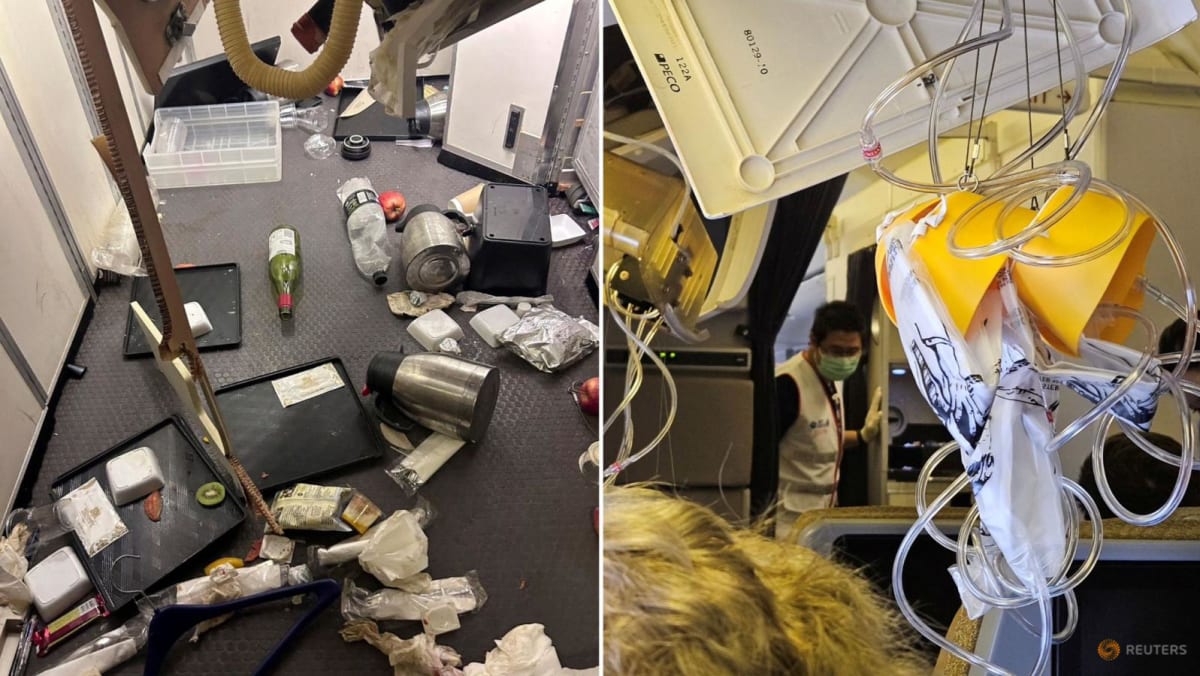A few seconds later, SQ321 experienced a rapid change in G as vertical acceleration decreased from positive 1.35G to negative 1.5G within 0.6 seconds. “This likely resulted in the occupants who were not belted up to become airborne,” said MOT.
And one second later, vertical acceleration changed from negative 1.5G to positive 1.5G, within 4 seconds. “This likely resulted in the occupants who were airborne to fall back down,” said MOT.
These rapid changes in G over the 4.6-second duration resulted in an altitude drop of 178 ft. “This sequence of events likely caused the injuries to the crew and passengers,” said MOT.
In the midst of these G changes, recorded data showed that the pilots “initiated control inputs to stabilise the aircraft, disengaging the autopilot in this process”.
The pilots manually controlled the aircraft for 21 seconds, before reengaging autopilot at 07.50am UTC, 44 seconds after the initial vibrations.
Over the next 24 seconds, there were more gradual fluctuations ranging from positive 0.9G to positive 1.1G. The aircraft returned to 37,000 ft 18 seconds after the pilots reengaged autopilot.
After the pilots were informed by cabin crew that there were injured passengers, the decision was made to divert to Suvarnabhumi Airport in Bangkok, Thailand. On the way there, the pilots requested medical services to meet the aircraft on arrival.
Approximately 17 minutes after the turbulence event, at 8.06am UTC, the pilots initiated a normal, controlled descent from 37,000 ft and the aircraft reached 31,000 ft at 08.10am UTC.
“The data showed that the aircraft did not encounter further severe turbulence during this diversion,” said MOT, adding that the flight touched down in Suvarnabhumi at 8.45am UTC.
Investigations are ongoing.
Interviews with SQ321 passengers painted a harrowing scene – one where those who were unbelted flew out of their seats and onto the ceiling of the plane, before slamming back down. Others described the experience as akin to riding a roller coaster.
Many who went through the ordeal hit body parts on the cabin interior, with some suffering cuts on their heads and bleeding ears.
Photos of the plane’s interior following the incident showed broken overhead panels, oxygen masks dangling from the ceiling and food strewn all over the floor.
Responding to the preliminary findings, Singapore Airlines (SIA) said in a statement on Wednesday that it is “fully cooperating with the relevant authorities in the ongoing investigations into this incident”.

